The Automotive Trim Market is currently characterized by a dynamic competitive landscape, driven by innovation, sustainability, and technological advancements. Key players such as Adient (US), Lear Corporation (US), and Faurecia (FR) are actively shaping the market through strategic initiatives aimed at enhancing product offerings and operational efficiencies. Adient (US), for instance, has positioned itself as a leader in seating solutions, focusing on integrating advanced materials and smart technologies into its automotive trim products. This strategic emphasis on innovation not only enhances product appeal but also aligns with the growing consumer demand for high-quality, sustainable automotive interiors.
The competitive structure of the Automotive Trim Market appears moderately fragmented, with several players vying for market share. Companies are increasingly localizing manufacturing to optimize supply chains and reduce costs. This tactic not only enhances responsiveness to regional market demands but also mitigates risks associated with global supply chain disruptions. The collective influence of major players, including Lear Corporation (US) and Faurecia (FR), suggests a trend towards consolidation, as these companies seek to leverage economies of scale and enhance their competitive positioning.
In August 2025, Lear Corporation (US) announced a strategic partnership with a leading technology firm to develop next-generation smart seating solutions. This collaboration aims to integrate advanced sensor technologies into automotive trim, enhancing user experience and safety. The strategic importance of this partnership lies in Lear's commitment to innovation, which is likely to set new benchmarks in the automotive interior space, thereby strengthening its market position.
In September 2025, Faurecia (FR) unveiled its latest sustainable trim solutions at an international automotive expo, showcasing materials derived from recycled plastics. This initiative not only underscores Faurecia's commitment to sustainability but also aligns with the automotive industry's broader shift towards eco-friendly practices. The introduction of these products is expected to resonate well with environmentally conscious consumers, potentially enhancing Faurecia's competitive edge in the market.
In October 2025, Adient (US) launched a new line of customizable automotive interiors that leverage AI-driven design tools. This innovative approach allows manufacturers to offer personalized solutions that cater to individual consumer preferences. The strategic significance of this launch lies in its potential to redefine consumer engagement in the automotive sector, positioning Adient as a frontrunner in the customization trend that is gaining traction among automakers.
As of October 2025, the Automotive Trim Market is witnessing a pronounced shift towards digitalization, sustainability, and AI integration. These trends are reshaping competitive dynamics, with strategic alliances becoming increasingly pivotal in driving innovation and market responsiveness. The evolution of competition appears to be moving away from traditional price-based strategies towards a focus on technological differentiation, product innovation, and supply chain reliability. This shift suggests that companies that prioritize these aspects are likely to emerge as leaders in the evolving automotive landscape.




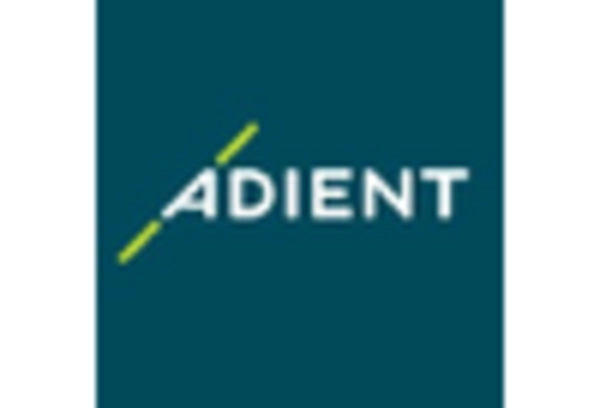

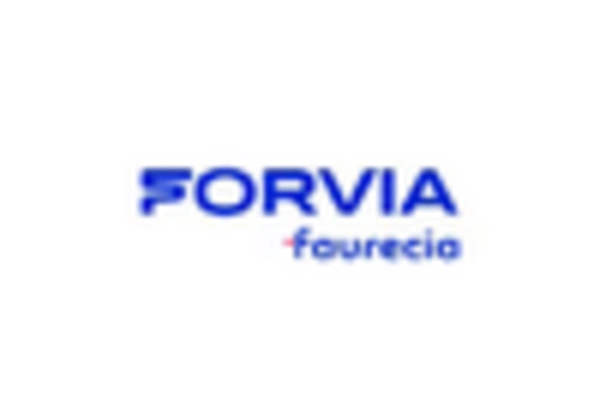
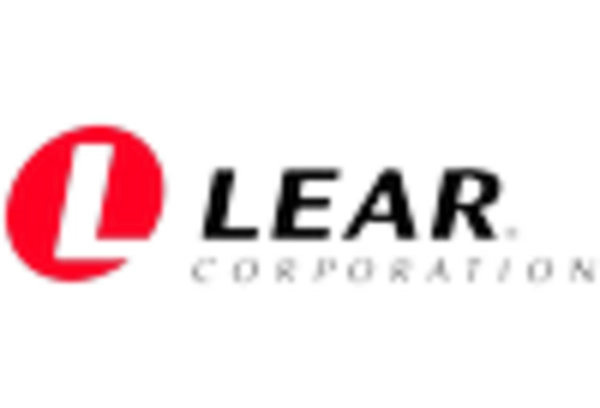
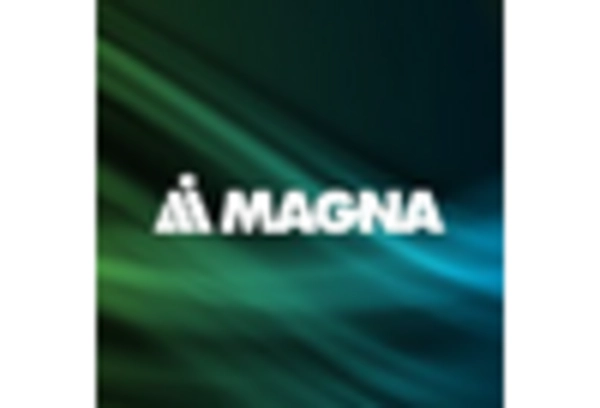
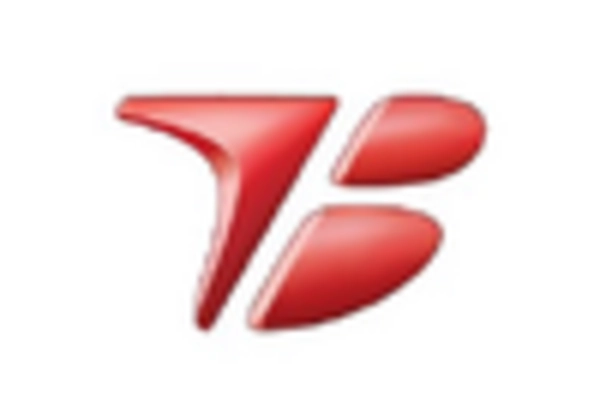








Leave a Comment